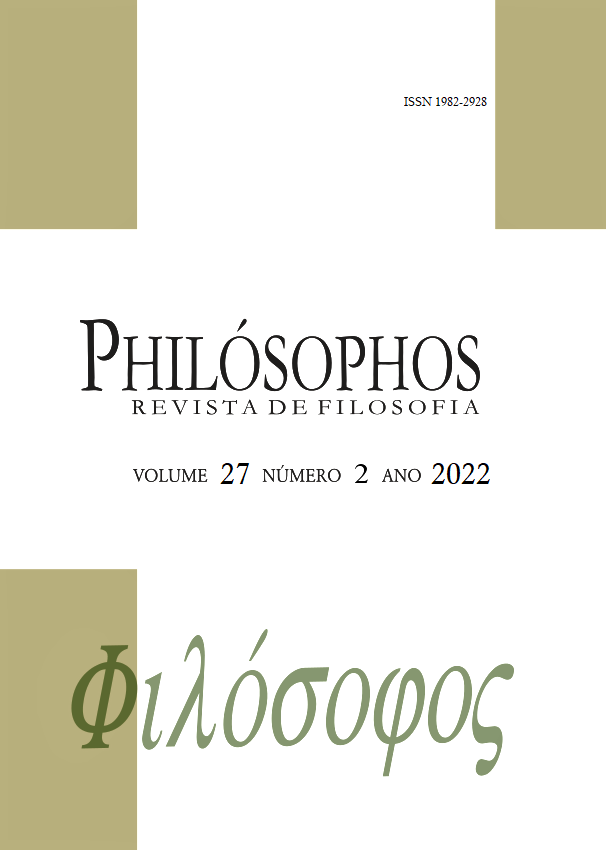Bergson and Bachelard facing the new physics
DOI:
https://doi.org/10.5216/phi.v27i2.74798Keywords:
physique, philosophie, relativité, temps, duréeAbstract
The meeting between Bergson and Einstein in 1922 is often presented as an
exemplary case of mutual incomprehension between the philosopher and the physicist.
However, the same year Bergson published Durée et simultanéité, Analysis and Interpretation
of the same Relativity. However, it would be wrong to present Bergson as a philosopher
ignorant of hard sciences. Between the 1922 text of Durée et simultanéité and Nouvel Esprit
Scientifique (Bachelard 1934), there is no changeover from an erroneous interpretation of
Relativity to a philosophical understanding of its stakes. Bergson had perfectly understood
Relativity, at least as much as it could have been understood by someone who was not a
physicist and perhaps as much as some physicists at the same time. If there are errors in
Durée et simultanéité, they are based on the philosophical approach rather than on the non-
mastery of the elements of physics. Consequently, the passage from Bergson to Bachelard, in
this domain, is indeed a reversal in the philosophical approach. It is this philosophical reversal
that we must explain.
Downloads
Downloads
Published
How to Cite
Issue
Section
License
Copyright (c) 2023 Philósophos a journal of philosophy

This work is licensed under a Creative Commons Attribution-NonCommercial-NoDerivatives 4.0 International License.
Authors who publish in this journal agree to the following terms:
- Authors retain copyright and grant the journal right of first publication, with the work simultaneously licensed under a Creative Commons Attribution License that allows others to share the work with an acknowledgement of the work's authorship and initial publication in this journal.
- Authors are authorized to enter into separate, additional contractual arrangements for the non-exclusive distribution of the journal's published version of the work (e.g., publishing in an institutional repository or as a book chapter), with an acknowledgement of its authorship and initial publication in this journal.















